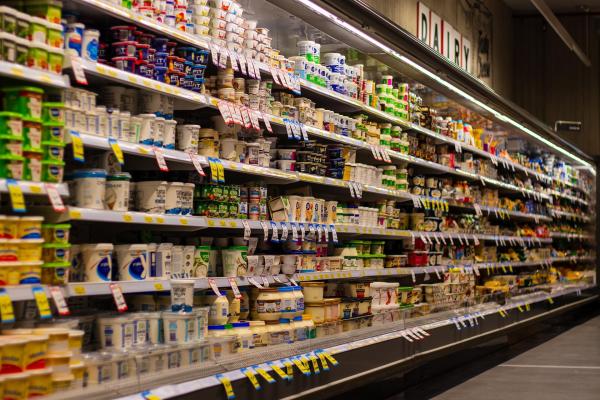Food certification labels do not indicate better nutrition or quality. These labels cannot guarantee better human nutrition or health; they are marketing devices using a set of standards concerned with one or more of the following
- social issues
- environmental impacts
- dietary restrictions
- animal welfare
- fair trade
Some promote ‘sustainability,’ a concept we still struggle to measure and define. And there are older labels, such as kosher and halal, based on religious practices and laws.
Are These Foods Safer?
These labels are not indicators of food safety. Food companies can choose from many food safety certifications promoted by international, non-governmental organizations such as ISO 22000, FSSD 22000, and BRCGS. In the United States, our Food and Drug Administration (FDA) enforces the Food Safety Modernization Act (FSMA) to regulate food safety for food manufacturers above a specific size. Meat, poultry, and some dairy are policed by the US Department of Agriculture (USDA). These safety certifications and programs provide safe and wholesome foods to the consumer. While expensive and rigorous, these certifications are not placed on a food package label since they are meaningless to a shopper, and safety is “a given” in the US. If you buy food at a grocery store in the United States, it has passed regulated safety standards.
Kosher and Halal
Some labels provide a quick reference for faith-based dietary restrictions. The term ‘kosher,’ translated from a Hebrew term, means ‘proper’ for consumption. To be labeled kosher, food or ingredients must meet the requirements of dietary laws written in the Jewish faith's religious texts or oral traditions. There are injunctions against eating certain foods, notably pork, and meat and dairy products are not to be consumed together. Foods labeled ‘pareve’ are neutral foods and may be consumed with either meat or dairy. Animals destined to be kosher meat have special slaughtering methods. [1]

Common kosher labels sport a ‘K’ or a ‘U,’ but there are at least ten other symbols depending on the certification agency. When these letters are next to the kosher symbol, a ‘D’ indicates dairy, an ‘M’ indicates meat, an ‘F’ indicates fish, and a ‘P’ indicates Passover, not to be confused with pareve. These symbols help kosher followers to abide by their dietary rules.
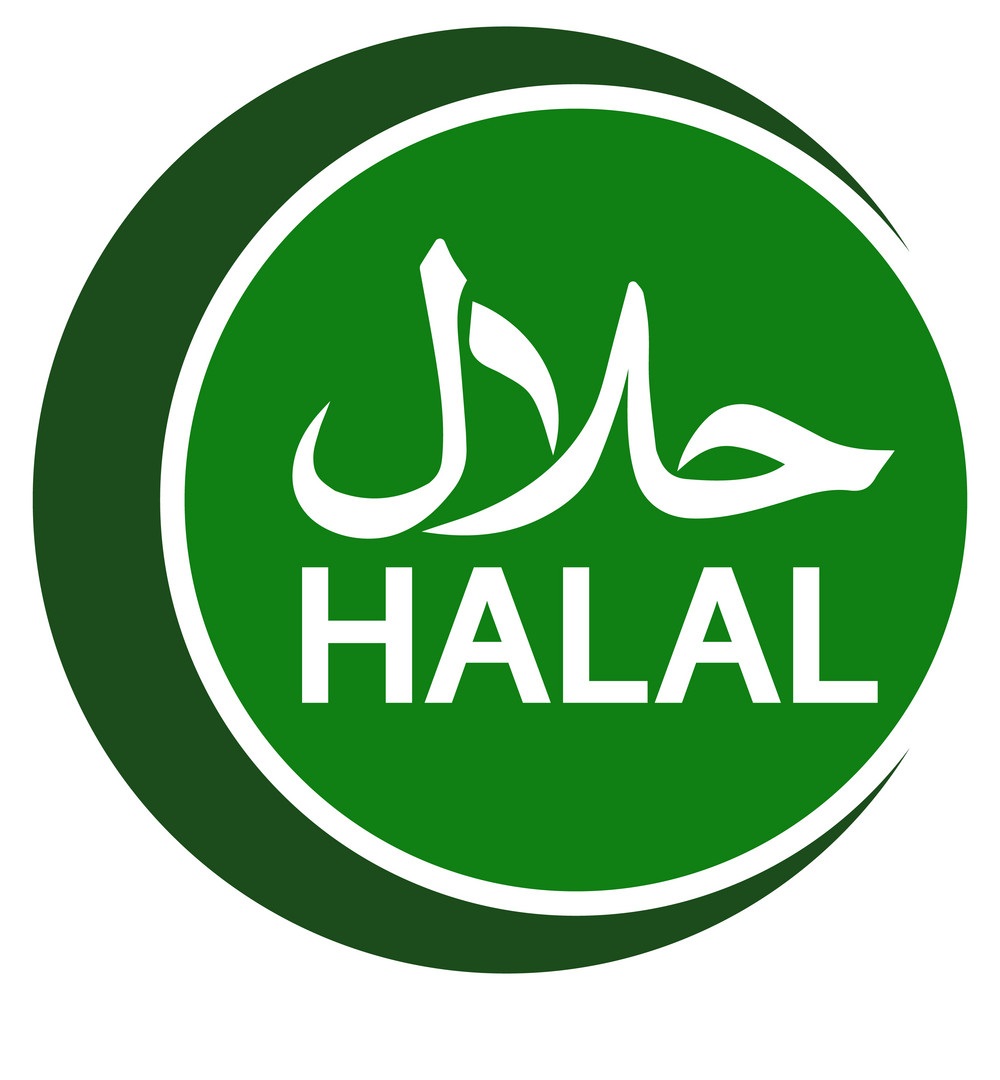 The Arabic word, halal, means ‘permissible’. Products that are allowed to be eaten by Muslims under Islamic law are certified by Halal agencies or authorities. Like Kosher dietary laws, dietary restrictions under Halal include eating pork and animals not slaughtered according to halal methods. Other restrictions include eating carnivorous animals, birds of prey, and alcohol and intoxicants. Halal labels contain the word halal or may have the letter ‘M’ next to a crescent moon symbol.
The Arabic word, halal, means ‘permissible’. Products that are allowed to be eaten by Muslims under Islamic law are certified by Halal agencies or authorities. Like Kosher dietary laws, dietary restrictions under Halal include eating pork and animals not slaughtered according to halal methods. Other restrictions include eating carnivorous animals, birds of prey, and alcohol and intoxicants. Halal labels contain the word halal or may have the letter ‘M’ next to a crescent moon symbol.
Both kosher and halal have certifying agencies such as the Orthodox Union (OU) or the Islamic Food and Nutrition Council of America (IFANCA). Their certification may or may not align with a quality certification such as ISO 9000. IFANCA put it this way, “ISO alone does not make a product halal, [but] a halal product can be made without ISO.” That said, Kosher and Halal are as safe as conventional foods meeting USDA and FSMA standards. They provide valuable labels for the faithful as well as non-believers.
Organic labels
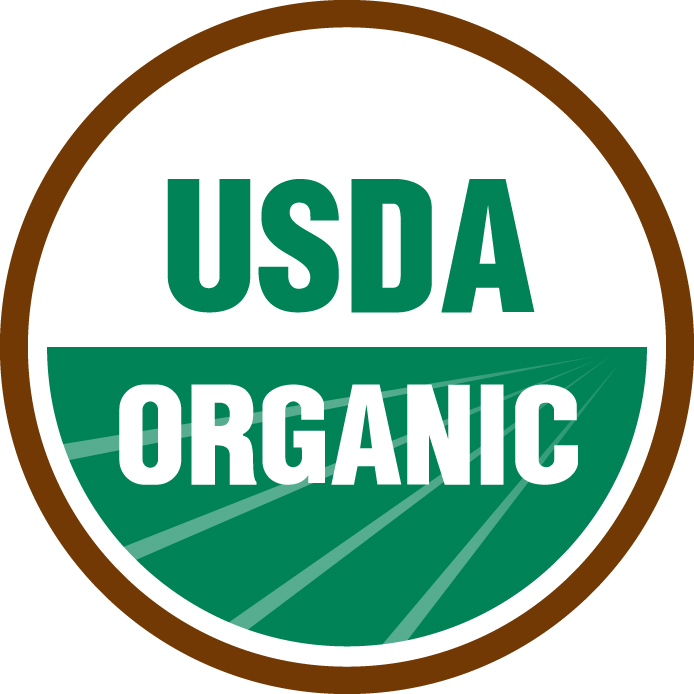 The USDA National Organic Program (NOP) started organic certification in the 1990s as a marketing program for American farmers. The USDA defines ‘organic’ as,
The USDA National Organic Program (NOP) started organic certification in the 1990s as a marketing program for American farmers. The USDA defines ‘organic’ as,
“…foods grown and processed according to federal guidelines addressing, among many factors, soil quality, animal raising practices, pest and weed control, and use of additives. Organic producers rely on natural substances and physical, mechanical, or biologically based farming methods to the fullest extent possible.”
The USDA NOP has stringent rules and a list of prohibited substances.
For example, to certify produce as organic, a farmer must document and prove that the plants have been grown on soil with no prohibited substances, such as conventional pesticides or fertilizers, applied for at least three years before harvest. The three-year rule is a difficult hurdle for new organic-wannabe producers as they cannot sell their produce at a premium during this period. They also experience lower crop yields during this transition time.
NOP verification is backed up by yearly inspections, complaint investigations, and non-compliance enforcement. It is a highly respected label but challenging to obtain due to the time, expense, and recordkeeping needed for certification. It may also create unintended consequences for animals due to changes in husbandry practices.
To raise and sell certified organic meat or poultry, NOP regulations require that the animals be raised in living conditions that accommodate their natural behaviors, such as pasture grazing for cattle. Heat and insects in the south, and conversely, snow and bitter cold in the north can limit pasture availability. Barns, sheds, and other confinements can protect from biting insects, provide temperature regulation, air movement, and safety from predators. Because of environmental impacts such as these, pasture-raised livestock and poultry have lower growth rates and feed efficiencies than those raised in confinement. In addition, the animals must be fed 100% organic feed and forage. As mentioned in a recent ACSH article, most feedstuffs such as corn, soybeans, and forages such as alfalfa are GMOs and therefore not organic by USDA standards. It is difficult for farmers to find feeds and forage which meet these demands, raising both farmer’s and buyer’s expense.
On the chemical side, livestock cannot have antibiotics or hormones administered to them. This eliminates the preventative or prophylactic use of antibiotics, a good thing as it helps prevent antibiotic resistance in food animals. The meat, eggs, or milk from animals that get sick and require antibiotic treatment can no longer be sold as organic. Eliminating hormones is not problematic for poultry since chickens and turkeys grow rapidly and are not used commercially.
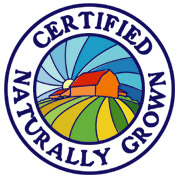 The label, Certified Naturally Grown (CNG), is a non-governmental, grassroots alternative to the USDA Organic label, with much lower requirements than the USDA-administered program. It has been described as push back to the NOP. Both CNG and NOP provide consumers with desired ethical, environmental, and social standards for organic foods.
The label, Certified Naturally Grown (CNG), is a non-governmental, grassroots alternative to the USDA Organic label, with much lower requirements than the USDA-administered program. It has been described as push back to the NOP. Both CNG and NOP provide consumers with desired ethical, environmental, and social standards for organic foods.
CNG’s core requirements are membership dues, a signed declaration, on-site inspection, record keeping, and a peer-review of other farmers in the program.
CNG costs less to administer and certify than NOP and is appropriate for small, local farmers selling directly to their communities. CNG claims its regulations meet or exceed the USDA NOP without the massive paperwork. There is no 3-year waiting period with CNG. Inspections are conducted annually by other farmers in the CNG network, which they claim promotes sharing and community. CNG farmers feel that NOP is more suitable for larger operations that can afford the fees and staff to keep up with the required “paper trail.”
Non-GMO Labels
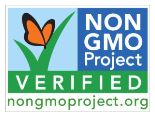 The most notable non-GMO label is Non-GMO Project Verified, a non-profit identifying non-GMO choices in foods, pet foods, and dietary supplements by verifying the non-GMO status through third-party analytical testing. Laboratories use molecular testing to look for the DNA of GMOs in a food or ingredient; the highest level of GMO "contamination" allowed in food is 0.9%. Commonly-grown GMO crops include corn, papaya, soybean, sugar beets, yellow summer squash, zucchini, and potatoes. To receive a NOP Organic label, GMO testing is also required, making the non-GMO project label redundant in food labeled USDA Organic.
The most notable non-GMO label is Non-GMO Project Verified, a non-profit identifying non-GMO choices in foods, pet foods, and dietary supplements by verifying the non-GMO status through third-party analytical testing. Laboratories use molecular testing to look for the DNA of GMOs in a food or ingredient; the highest level of GMO "contamination" allowed in food is 0.9%. Commonly-grown GMO crops include corn, papaya, soybean, sugar beets, yellow summer squash, zucchini, and potatoes. To receive a NOP Organic label, GMO testing is also required, making the non-GMO project label redundant in food labeled USDA Organic.
WOW! There are so many food certification labels out there. Next, we will examine environmental, sustainability, animal welfare, and fair trade labels. And we’ll learn more about ‘natural’ and ‘clean’ labels.
[1] Eggs, fish, fruit, grains, unprocessed juices, pasta, soft drinks, coffee, tea, some candies, and snacks are considered pareve. Fish can be eaten with dairy, but not meat. The foods eaten during the 8-day Passover holiday have additional processing rules.
All images are from Wikipedia and used under a creative commons license.
